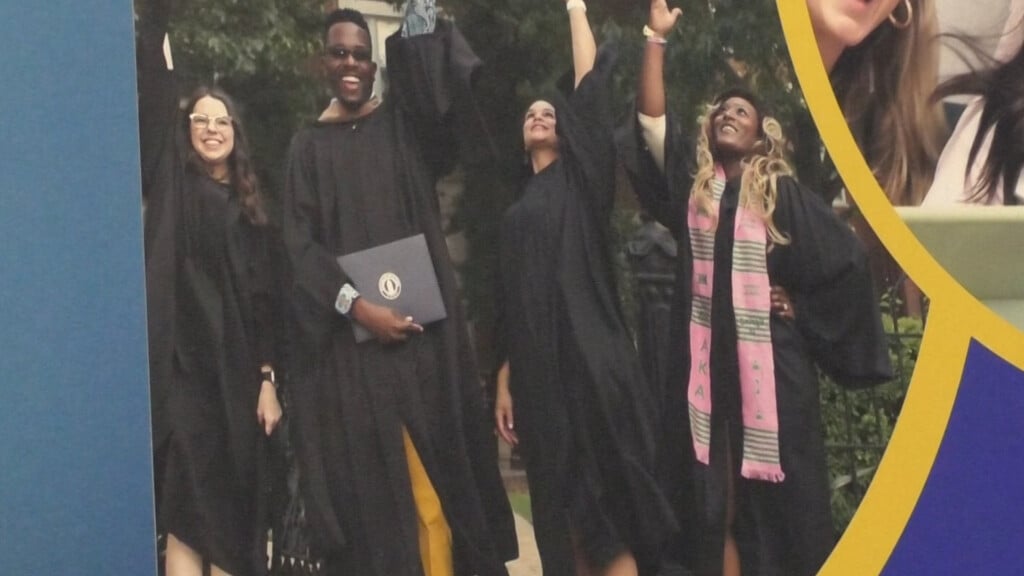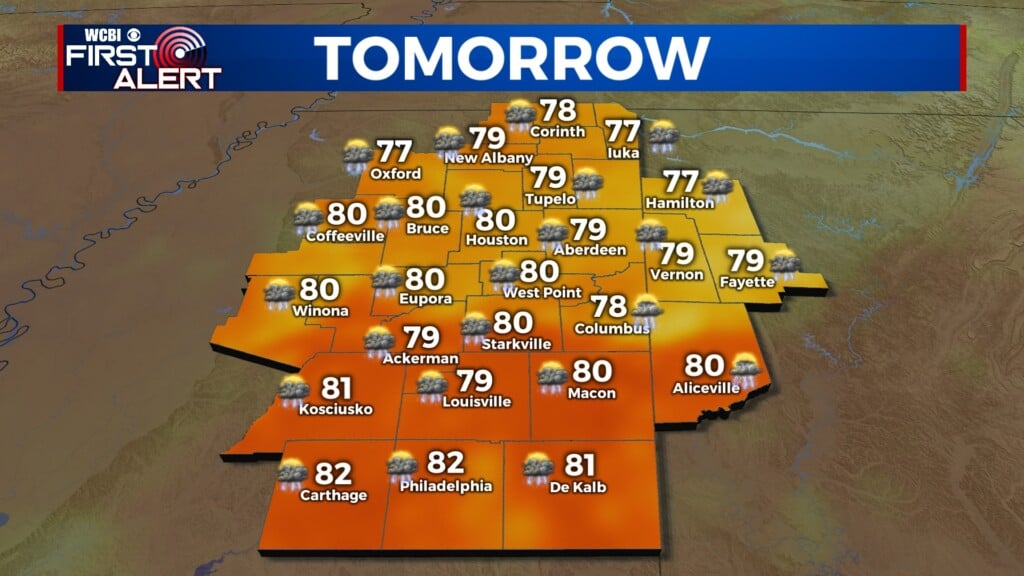Video: Racial Unity Shown in Black and White
[jwplatform 6xpld94X]
 COLUMBUS, Miss. (WCBI)– African Americans in the early 20th century. Unlike the photos of lynching and death we are used to seeing, these show Black progress and everyday life in Fayette, Alabama. It’s something that struck University of Maryland graduate student Andrew Nelson while sifting through a collection of photos in Birmingham.
COLUMBUS, Miss. (WCBI)– African Americans in the early 20th century. Unlike the photos of lynching and death we are used to seeing, these show Black progress and everyday life in Fayette, Alabama. It’s something that struck University of Maryland graduate student Andrew Nelson while sifting through a collection of photos in Birmingham.
“As I looked at these pictures one after the other, I was blown away by the story they told of rural life. Of African American life in this country in the early 20th century,” said Nelson.
Andrew wanted to know more. He eventually tracked down the Shackelfords.
“The Shackelfords, an African American family living in a rural community called Coven were the photographers behind these pictures and I made that the topic of my dissertation,” said Nelson.
Mitch and Geneva Shackelford snapped more than 800 photos between 1900 and 1935. Annie is their great grandaughter.
“I was just surprised because some of those pictures I had not seen myself either. My favorite is the picture with the house and with the band because some of my relatives were in the band. We knew they had a brass band growing up but they didn’t play anymore. To actually see the pictures with the band members in front of the house. It was just really significant to me,” said Shackelford.
Significant in more ways than one. The Shackelfords home sat near a road running from Columbus to Birmingham. Through their lens, they helped breakdown racial barriers.
” The Shackelford’s ran their house as a boarding house where travelers, both Black and White, would come and spend the night and as Annie told me, keeping the social codes of the time, they had a particular room set aside where White travelers would stay and get your picture taken. You know, the Shackelfords were artists and intellectuals,” said Nelson.
“Knowing how Blacks were treated at that particular time, they didn’t have people looking at skin color because they were not only with the Blacks, they were also friendly with Whites and Whites looked up to them,” said Lillian Tate, Granddaughter to Mitch and Geneva Shackelford.
“The ideology of White supremacy. The ideology of Black inferiority was very stereotypical in charactertures of African American life. They would be on sheet music covers, postcards, illustrations meant to demean African American culture. So, what the Shackelfords did, their photos were so valuable. They gave African Americans living through all of this an opportunity to tell their own stories, to represent themselves in a way they wanted to be represented and to define themselves,” said Nelson.
Defining a culture, a family and a time period that will live on for generations to come, thanks to the power of a picture.
The exhibit, “Both Sides of the Lens: Photographs by the Shackelford Family will remain on display until the end of February at the Columbus Public Library.





Leave a Reply